Home>Gardening & Outdoor>Landscaping Ideas>How To Turn A Weed Yard Into Grass
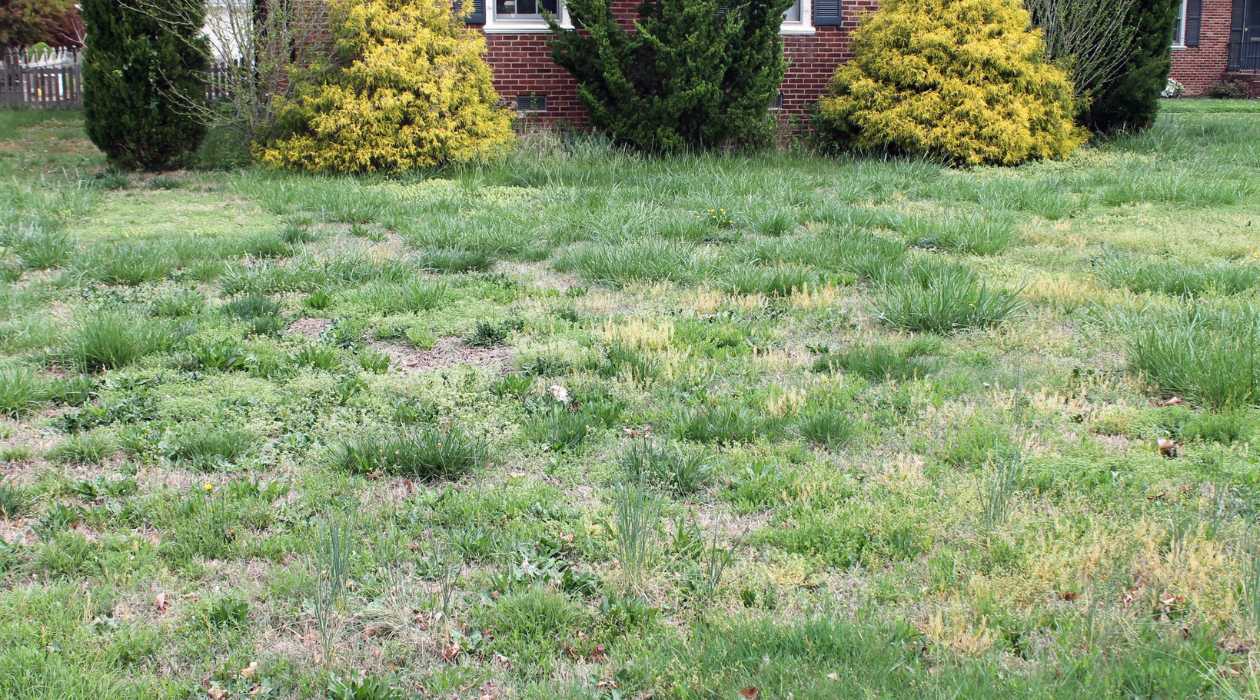

Landscaping Ideas
How To Turn A Weed Yard Into Grass
Modified: October 19, 2024
Transform your weed-filled yard into a lush green oasis with our expert landscaping ideas. Say goodbye to weeds and hello to a beautiful grassy lawn!
(Many of the links in this article redirect to a specific reviewed product. Your purchase of these products through affiliate links helps to generate commission for Storables.com, at no extra cost. Learn more)
Introduction
Welcome to the ultimate guide on transforming a weed-infested yard into a lush green expanse of grass. Dealing with a yard overrun by weeds can be a daunting task, but with the right approach and a bit of elbow grease, you can turn your outdoor space into a verdant oasis. Whether you envision a vibrant lawn for recreational activities, a picturesque landscape for relaxation, or an inviting setting for outdoor gatherings, restoring your yard to its former glory is within reach.
In this comprehensive guide, we will walk you through the step-by-step process of reclaiming your yard from weeds and nurturing the growth of healthy, vibrant grass. From assessing the current state of your yard to preparing the soil, seeding or sodding the grass, and implementing a proper watering and maintenance routine, we will cover all the essential steps to achieve a stunning grassy landscape.
By following the tips and techniques outlined in this guide, you will be well-equipped to tackle the challenge of transforming your weed-infested yard into a thriving green space that enhances the beauty and functionality of your property. Let’s dive in and embark on this rewarding journey to rejuvenate your outdoor environment and create a captivating lawn that you can enjoy for years to come.
Key Takeaways:
- Transforming a weed-infested yard into a lush lawn involves assessing the yard, clearing out weeds, preparing the soil, seeding or sodding the grass, and implementing proper watering and maintenance.
- By understanding the challenges and opportunities in your yard, effectively addressing weed overgrowth, and nurturing the growth of vibrant grass, you can create a captivating and inviting outdoor space.
Read more: How To Turn A Yard Of Weeds Into Grass
Assessing the Current State of Your Yard
Before embarking on the journey of transforming your weed-infested yard into a lush carpet of grass, it’s crucial to assess the current state of your outdoor space. Understanding the existing conditions of your yard will guide you in determining the most effective approach to reclaiming it from weeds and fostering the growth of healthy grass.
Begin by conducting a thorough visual inspection of your yard. Take note of the types of weeds that are prevalent, as well as their distribution across the lawn. Identify any areas of soil compaction, as compacted soil can hinder the growth of grass and contribute to weed proliferation. Additionally, assess the drainage patterns in your yard, as poor drainage can lead to waterlogged areas that are unfavorable for grass growth.
It’s also important to evaluate the amount of sunlight and shade that different areas of your yard receive. Grass species vary in their sunlight requirements, so understanding the light conditions in your yard will help you select the most suitable grass varieties for seeding or sodding.
Testing the soil is another essential step in assessing your yard. Soil testing kits are readily available at garden centers and can provide valuable insights into the pH level and nutrient content of your soil. This information will inform your soil preparation and amendment efforts, ensuring that the soil provides an optimal environment for grass establishment and growth.
By thoroughly assessing the current state of your yard, you will gain a clear understanding of the challenges that need to be addressed and the opportunities that can be leveraged in the transformation process. Armed with this knowledge, you can proceed to the next steps with confidence, knowing that you are taking a tailored approach to reclaiming your yard from weeds and nurturing the growth of vibrant, healthy grass.
Clearing Out Weeds
Clearing out weeds is a foundational step in the process of transforming a weed-infested yard into a flourishing grassy landscape. By effectively addressing weed overgrowth, you create space and opportunity for grass to thrive, ultimately reshaping the visual and ecological dynamics of your yard.
There are several methods for clearing out weeds, each with its own advantages and considerations. Manual weed removal involves physically uprooting weeds by hand or using handheld tools such as garden hoes, weed pullers, or trowels. This method is ideal for targeting isolated weeds or small patches of infestation. It allows for precise weed removal while minimizing soil disturbance, making it suitable for areas where grass is already established.
For larger weed-infested areas, mechanical methods such as tilling or cultivating the soil can be employed to uproot weeds and disrupt their growth patterns. This approach is effective for preparing the soil for grass seeding or sodding, but it should be carried out with caution to avoid excessive soil disruption, which can lead to the exposure of dormant weed seeds and the potential regrowth of weeds.
Chemical weed control, using herbicides, offers an efficient means of eradicating weeds. Selective herbicides target specific types of weeds while minimizing harm to desirable plants, making them suitable for weed management in grassy areas. Non-selective herbicides, while effective at eliminating a broad spectrum of weeds, should be used judiciously to prevent damage to surrounding vegetation.
Regardless of the method chosen, it’s important to follow best practices for weed removal to minimize the likelihood of weed resurgence. This includes ensuring that weed roots are completely removed to prevent regrowth, properly disposing of uprooted weeds to prevent reseeding, and implementing weed control measures to address any remaining weed seeds in the soil.
By effectively clearing out weeds, you create a clean slate for the establishment of grass, setting the stage for a vibrant and weed-free lawn. This essential step paves the way for the subsequent phases of soil preparation and grass installation, bringing you closer to the realization of your vision for a rejuvenated yard.
Preparing the Soil
Soil preparation is a critical aspect of transforming a weed-infested yard into a thriving grassy landscape. By optimizing the soil conditions for grass growth, you create a solid foundation for establishing a healthy and resilient lawn that can withstand environmental stressors and outcompete weeds.
Begin the soil preparation process by addressing soil compaction, which can hinder the penetration of water, air, and nutrients essential for grass root development. Aerating the soil using a core aerator or aeration equipment helps alleviate compaction by creating channels that promote better air and water movement within the soil. This step also facilitates the incorporation of amendments and promotes the decomposition of thatch, further enhancing soil quality.
Testing the soil pH and nutrient levels is crucial for determining the necessary amendments to optimize soil fertility. Based on the results of a soil test, you can adjust the soil pH using lime to reach the optimal range for grass growth. Additionally, incorporating organic matter such as compost or well-decomposed manure improves soil structure, water retention, and nutrient availability, providing an ideal environment for grass establishment.
After addressing compaction and amending the soil, it’s essential to ensure uniformity in soil texture and grade across the yard. Raking the soil surface to remove debris, rocks, and uneven areas creates a smooth and level substrate for seeding or sodding. Proper soil grading promotes even water distribution and facilitates uniform grass growth, contributing to a visually appealing and well-maintained lawn.
For areas with particularly challenging soil conditions, such as heavy clay or sandy soil, targeted soil amendments and specialized preparation techniques may be necessary to create an optimal growing environment for grass. Consulting with a local extension service or a professional landscaper can provide valuable insights and recommendations tailored to your specific soil challenges.
By diligently preparing the soil, you set the stage for successful grass establishment and long-term lawn health. The efforts invested in optimizing soil conditions will yield dividends in the form of a vibrant, resilient lawn that enhances the beauty and functionality of your outdoor space.
Before planting grass, remove weeds by hand or with a weed killer. Loosen the soil, add topsoil if needed, and then plant grass seeds or lay sod. Water regularly and mow at the right height to encourage grass growth.
Seeding or Sodding the Grass
The process of seeding or sodding the grass marks a pivotal stage in the transformation of a weed-infested yard into a verdant and inviting landscape. Whether you opt for seeding or sodding depends on various factors, including your timeline, budget, and the specific conditions of your yard. Both methods offer distinct advantages and considerations, each contributing to the successful establishment of a lush and resilient lawn.
Seeding, a cost-effective and versatile approach, involves spreading grass seed across the prepared soil surface. Selecting high-quality grass seed appropriate for your region and the light conditions in your yard is essential for achieving successful germination and establishing a dense, healthy lawn. Before seeding, it’s crucial to carefully follow the recommended seeding rates and techniques, ensuring even coverage and good seed-to-soil contact.
After seeding, gently raking the soil surface and applying a thin layer of mulch or erosion control blanket helps protect the seeds, retain moisture, and promote germination. Adequate watering is vital during the germination and establishment phase, requiring consistent moisture to support seedling growth and root development. Implementing a proper watering schedule and monitoring soil moisture levels are key to nurturing the young grass plants and fostering their establishment.
Sodding, on the other hand, offers the advantage of instant gratification, providing an established lawn immediately upon installation. Sod consists of pre-grown grass that is cultivated on a layer of soil and held together by roots or a biodegradable mesh. When sodding, it’s crucial to properly prepare the soil surface, ensuring good soil contact for the sod and minimizing air pockets beneath the sod layer.
After laying the sod, rolling the surface with a lawn roller helps secure the sod in place and promotes root-to-soil contact. Watering the newly laid sod is critical to support root establishment and prevent desiccation. Gradually tapering the watering frequency as the sod takes root is essential to encourage deep root growth and acclimate the grass to the surrounding soil.
Whether you choose seeding or sodding, attention to detail and a commitment to proper care and maintenance are essential for the successful establishment of the grass. Both methods offer the promise of a lush, green lawn, and with diligent nurturing, you will witness the transformation of your yard into a vibrant and inviting outdoor space.
Read more: How To Grow Grass In A Yard Full Of Weeds
Watering and Maintenance
After seeding or sodding the grass, implementing a proper watering and maintenance regimen is crucial for nurturing the establishment and long-term health of your new lawn. Adequate water, nutrients, and care are essential to support the growth of vibrant, resilient grass that outcompetes weeds and enhances the beauty of your outdoor space.
Watering plays a pivotal role in the early stages of grass establishment. For newly seeded areas, frequent, light watering is necessary to keep the soil consistently moist without causing runoff or waterlogging. As the grass seedlings develop, gradually transitioning to deeper, less frequent watering encourages deep root growth and strengthens the grass plants’ resilience to environmental stressors.
Similarly, newly sodded areas require attentive watering to facilitate root establishment and prevent the desiccation of the sod. Ensuring that the sod remains consistently moist, especially during the initial weeks following installation, promotes the integration of the sod roots with the underlying soil, setting the stage for a healthy and cohesive lawn.
Once the grass is established, transitioning to a regular watering schedule that aligns with the specific needs of the grass species and the prevailing weather conditions is essential. Deep, infrequent watering encourages deep root growth and enhances the drought tolerance of the grass, contributing to its long-term vitality and weed resistance.
Maintenance practices such as mowing, fertilizing, and addressing potential pest and disease issues are integral to sustaining a healthy lawn. Proper mowing techniques, including maintaining the appropriate mowing height and frequency, promote the vigor and density of the grass while minimizing weed encroachment. Additionally, a well-balanced fertilization program tailored to the nutritional needs of the grass species and the soil conditions fosters robust growth and resilience.
Vigilance in monitoring the lawn for signs of pests, diseases, or nutrient deficiencies enables timely intervention to mitigate potential threats to the grass’s health and vitality. Implementing integrated pest management practices and promptly addressing any emerging issues contribute to the long-term success of your lawn.
By embracing a holistic approach to watering and maintenance, you nurture the growth of a vibrant, weed-resistant lawn that enhances the beauty and functionality of your outdoor space. With attentive care and a commitment to best practices, you will enjoy the rewards of a lush and inviting lawn that enriches your outdoor living experience.
Conclusion
Congratulations on embarking on the transformative journey of reclaiming your weed-infested yard and cultivating a vibrant, healthy lawn. By following the comprehensive steps outlined in this guide, you have taken a proactive approach to rejuvenating your outdoor space and creating an inviting landscape that enriches your living environment.
Assessing the current state of your yard provided valuable insights into the challenges and opportunities present in your outdoor space. Understanding the existing conditions of your yard empowered you to tailor your approach to reclaiming it from weeds and fostering the growth of healthy grass, setting the stage for a successful transformation.
Clearing out weeds was a foundational step in creating space and opportunity for grass to thrive. By effectively addressing weed overgrowth, you have paved the way for the establishment of a lush and weed-free lawn, reshaping the visual and ecological dynamics of your yard.
Preparing the soil has created an optimal growing environment for grass, ensuring that the foundational substrate supports the establishment and long-term health of your new lawn. By addressing soil compaction, optimizing soil fertility, and promoting uniform soil texture and grade, you have set the stage for the successful growth of vibrant, resilient grass.
Seeding or sodding the grass marked a pivotal stage in the transformation process, offering the promise of a lush and inviting lawn. Whether you chose seeding for its versatility and cost-effectiveness or sodding for its instant gratification, your commitment to proper installation and nurturing has positioned your lawn for success.
Implementing a proper watering and maintenance regimen is essential for nurturing the establishment and long-term health of your new lawn. By providing the necessary water, nutrients, and care, you are fostering the growth of a vibrant, resilient lawn that enhances the beauty and functionality of your outdoor space.
As you continue to care for your newly established lawn, remember that attentive maintenance and a commitment to best practices will sustain the long-term vitality and weed resistance of your grass. Embrace the rewarding experience of nurturing a lush and inviting lawn that enriches your outdoor living environment and provides a captivating backdrop for cherished moments with family and friends.
Thank you for joining us on this transformative journey. May your revitalized lawn bring you joy and satisfaction for years to come.
Frequently Asked Questions about How To Turn A Weed Yard Into Grass
Was this page helpful?
At Storables.com, we guarantee accurate and reliable information. Our content, validated by Expert Board Contributors, is crafted following stringent Editorial Policies. We're committed to providing you with well-researched, expert-backed insights for all your informational needs.
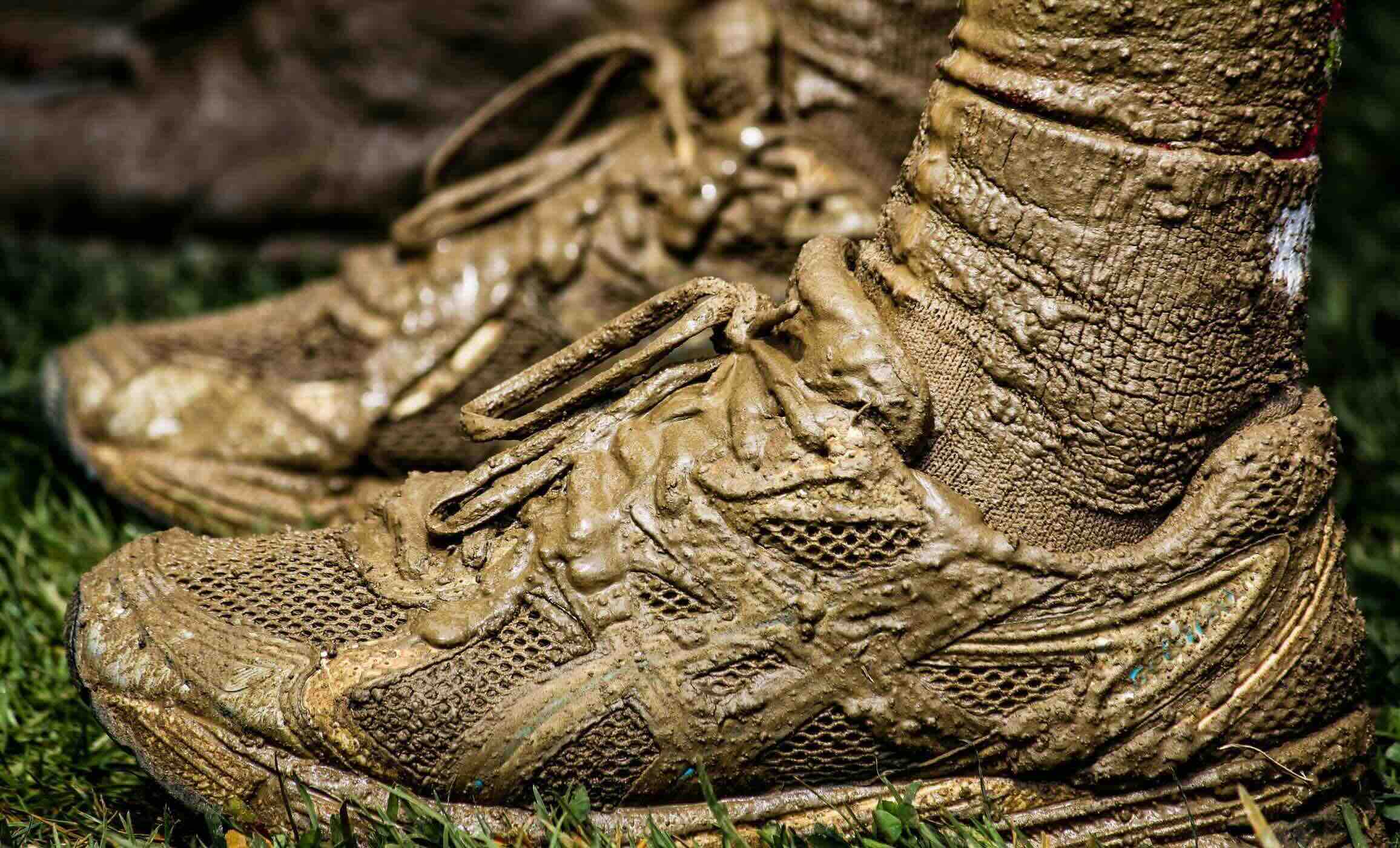
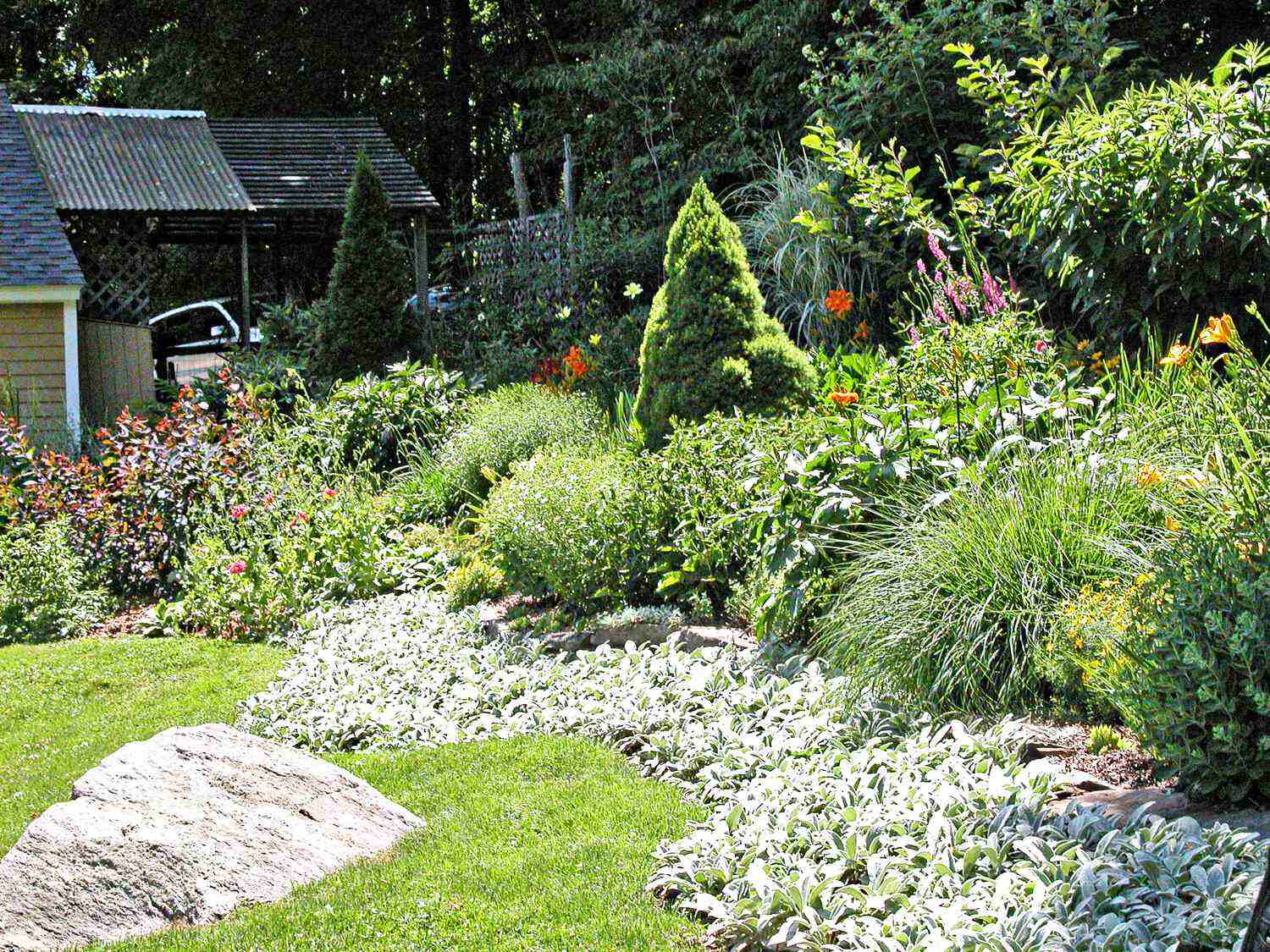
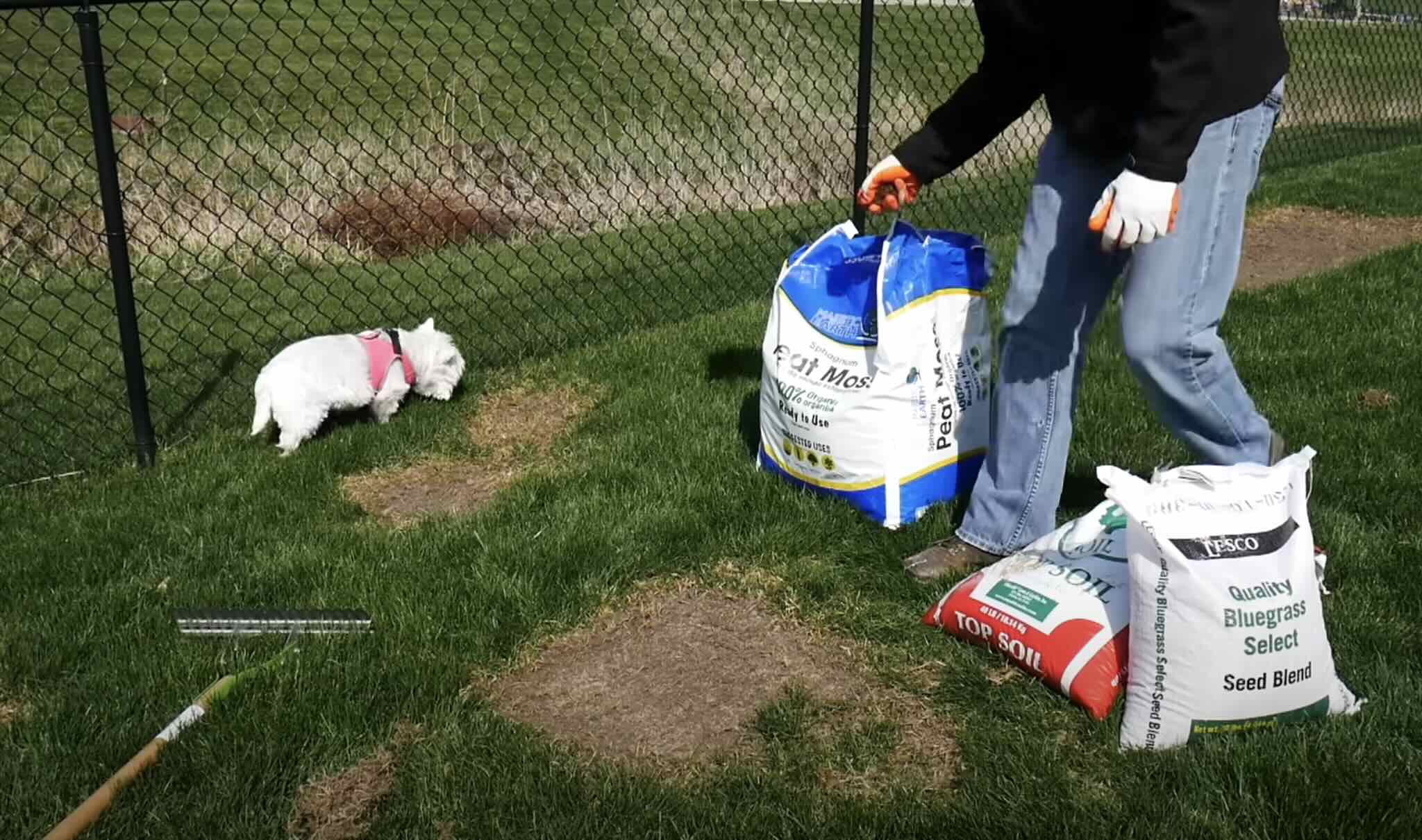
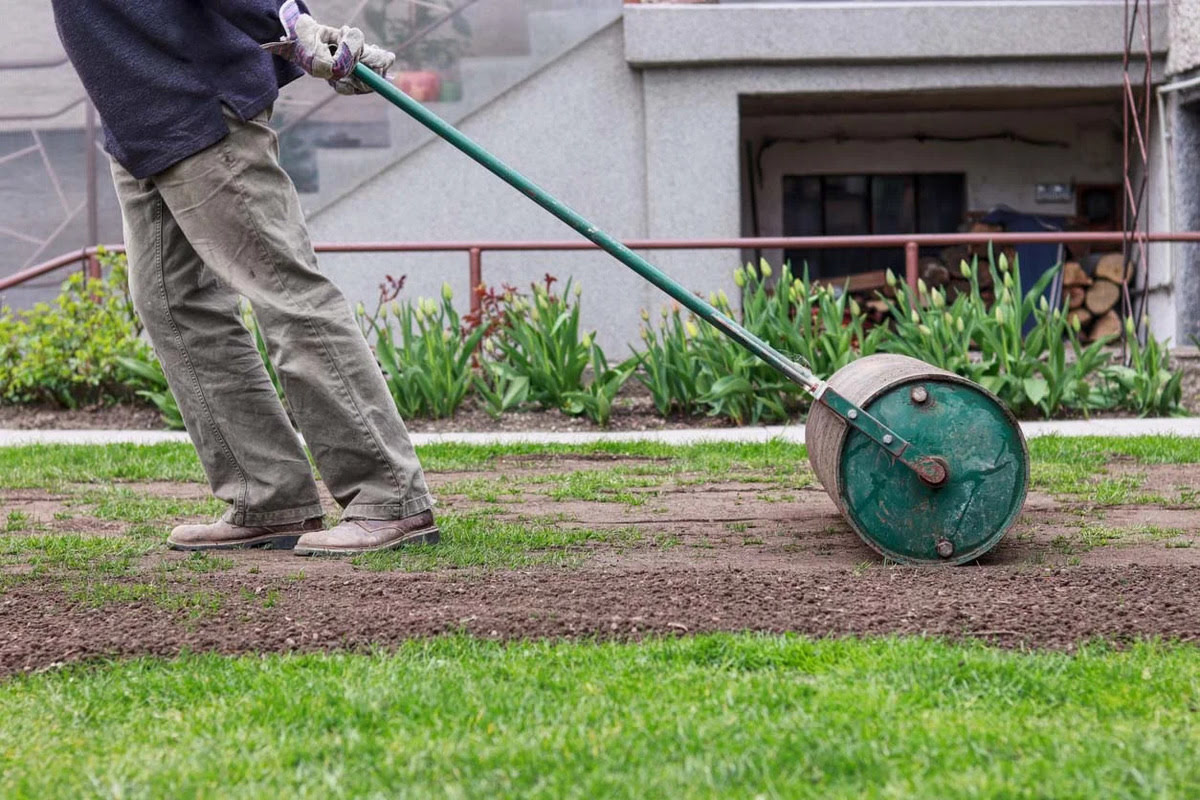


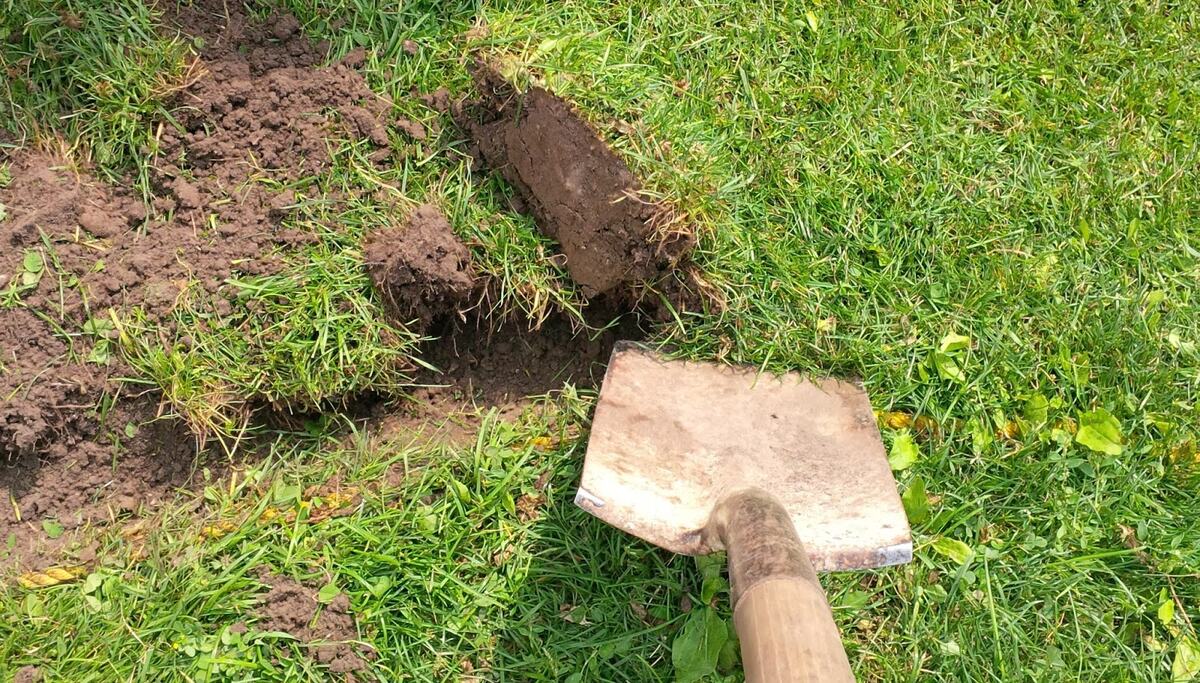
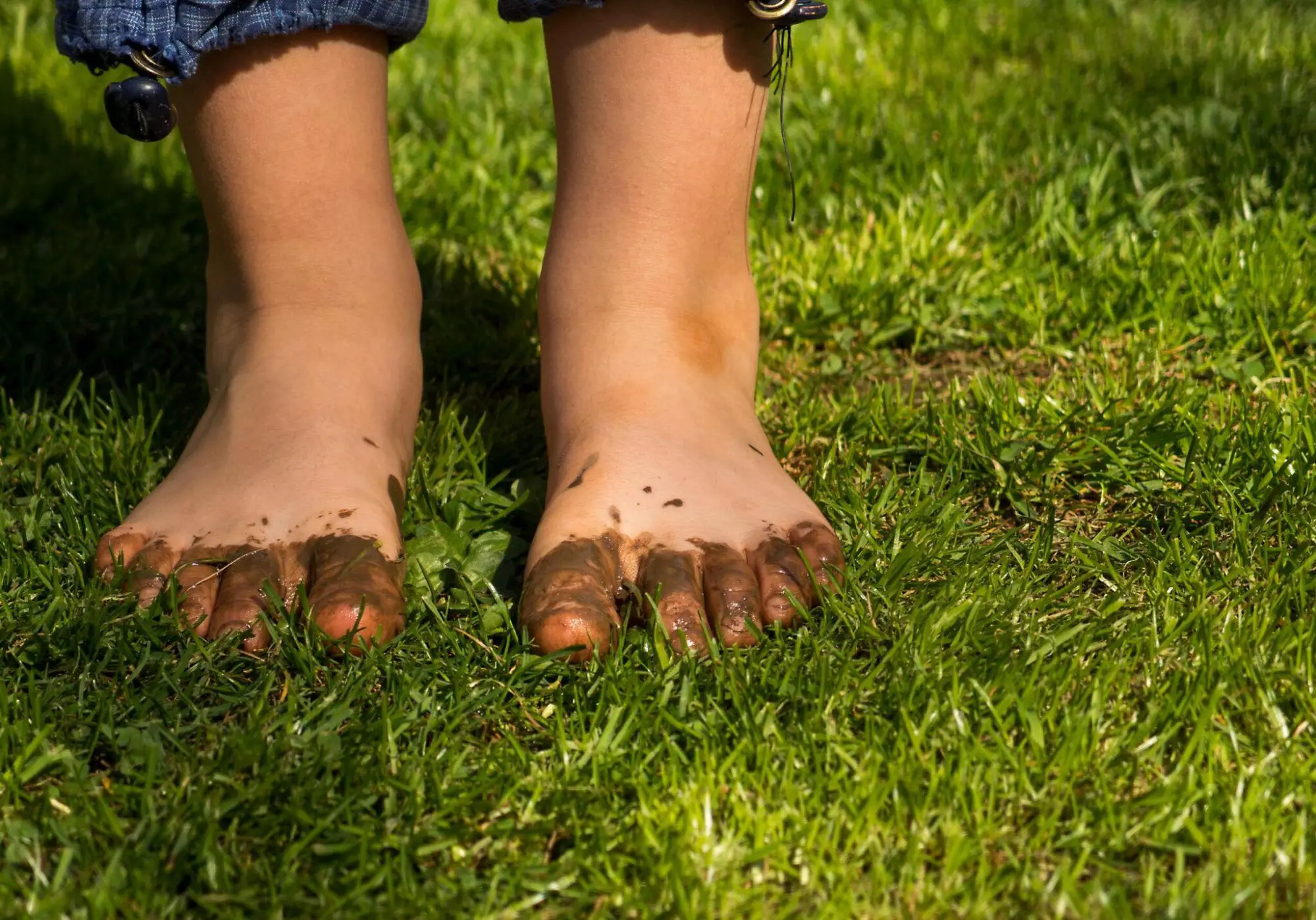
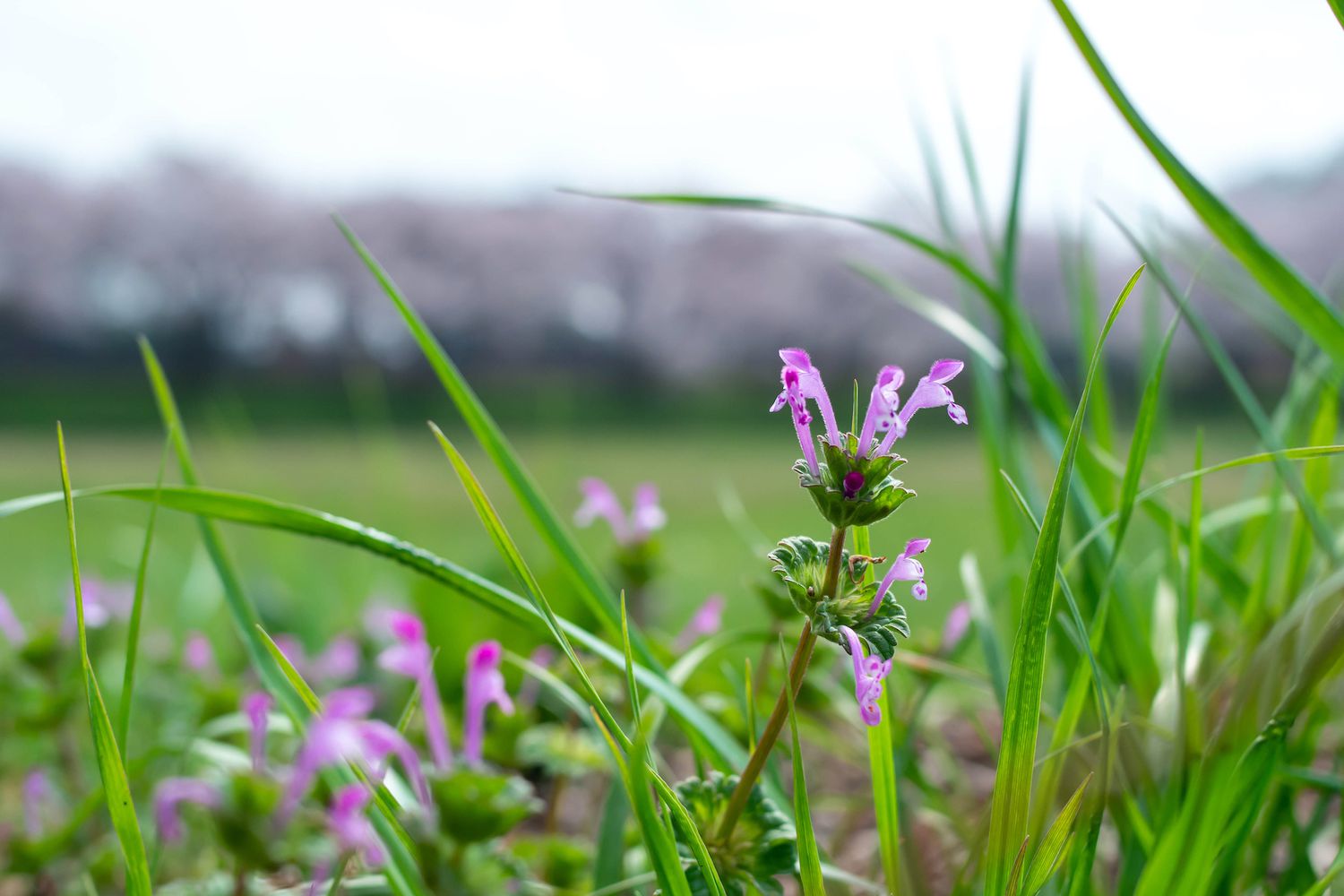
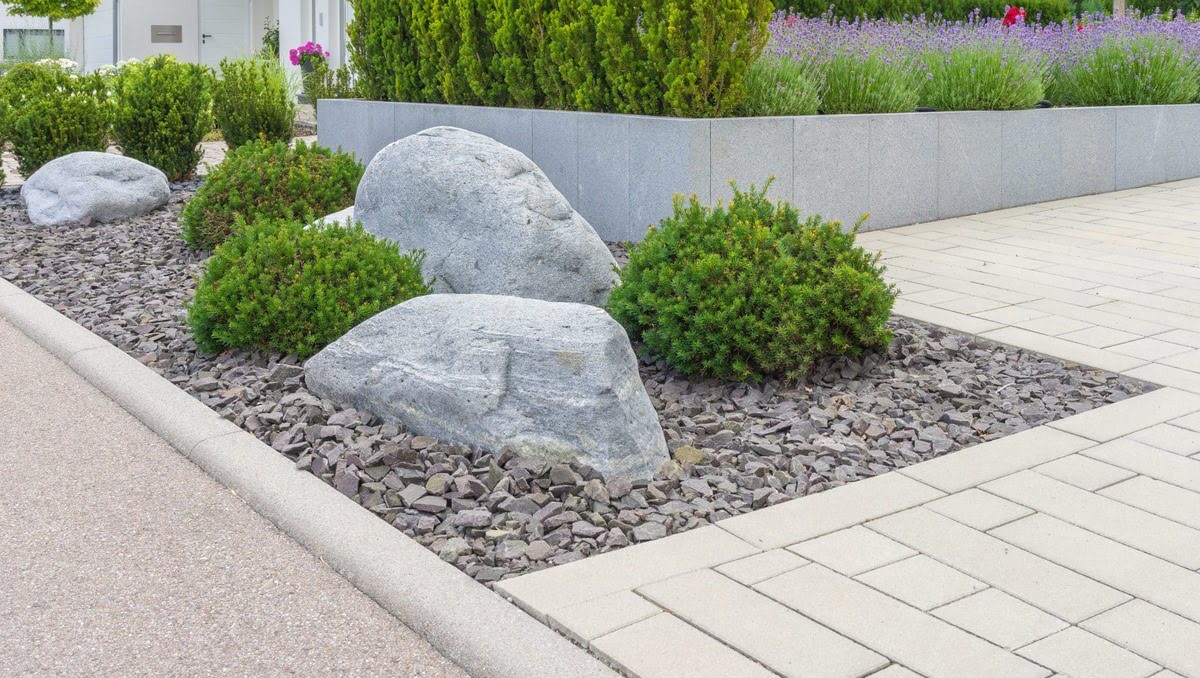
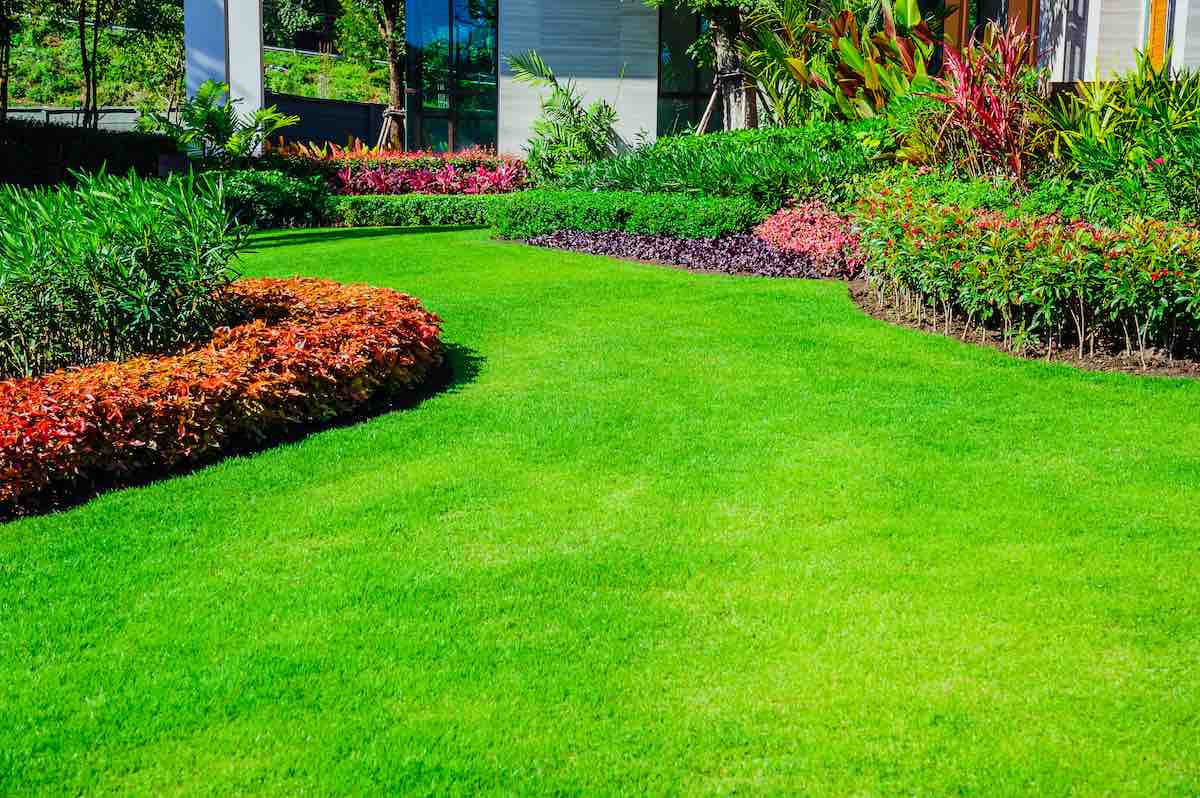
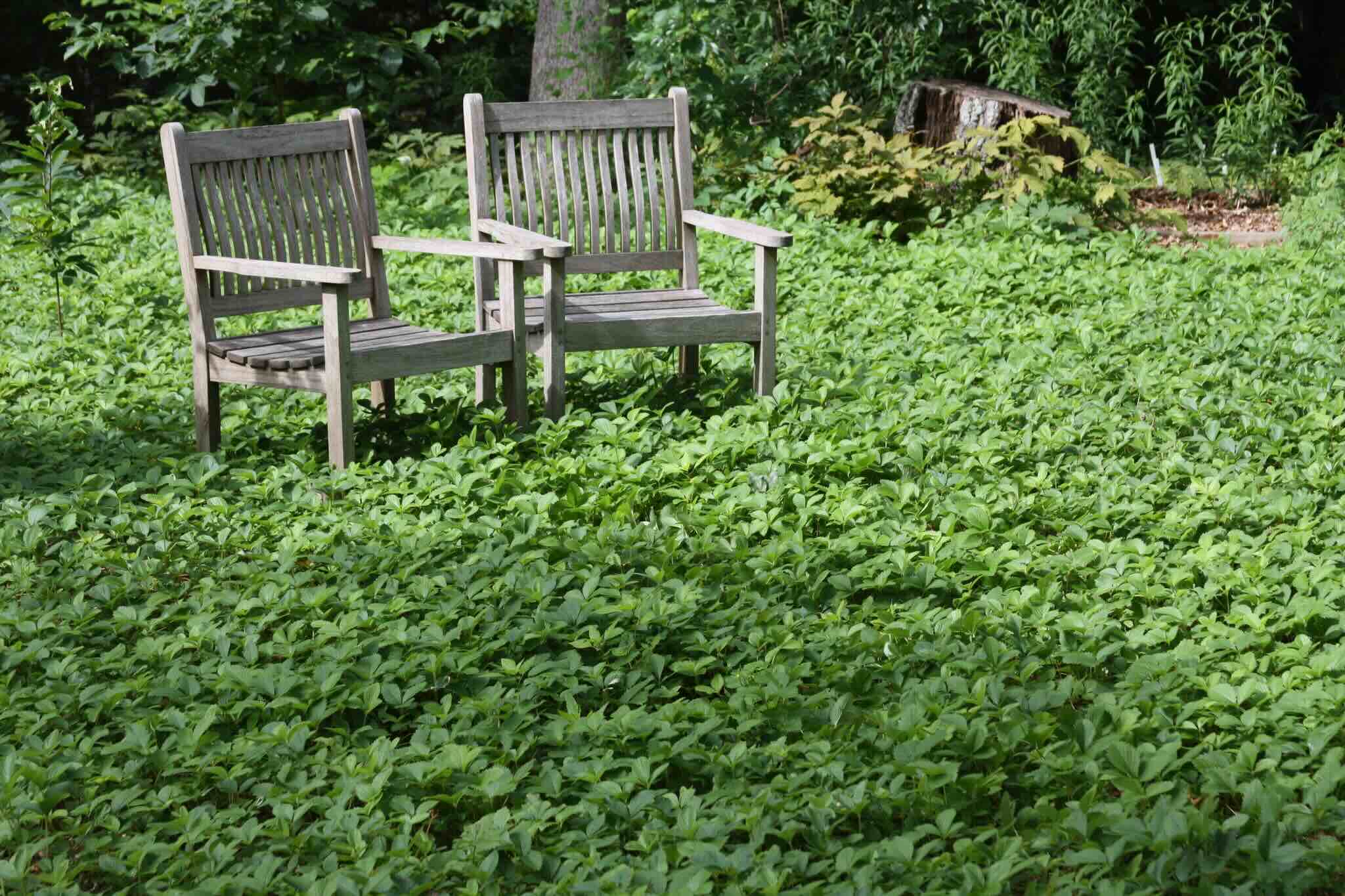
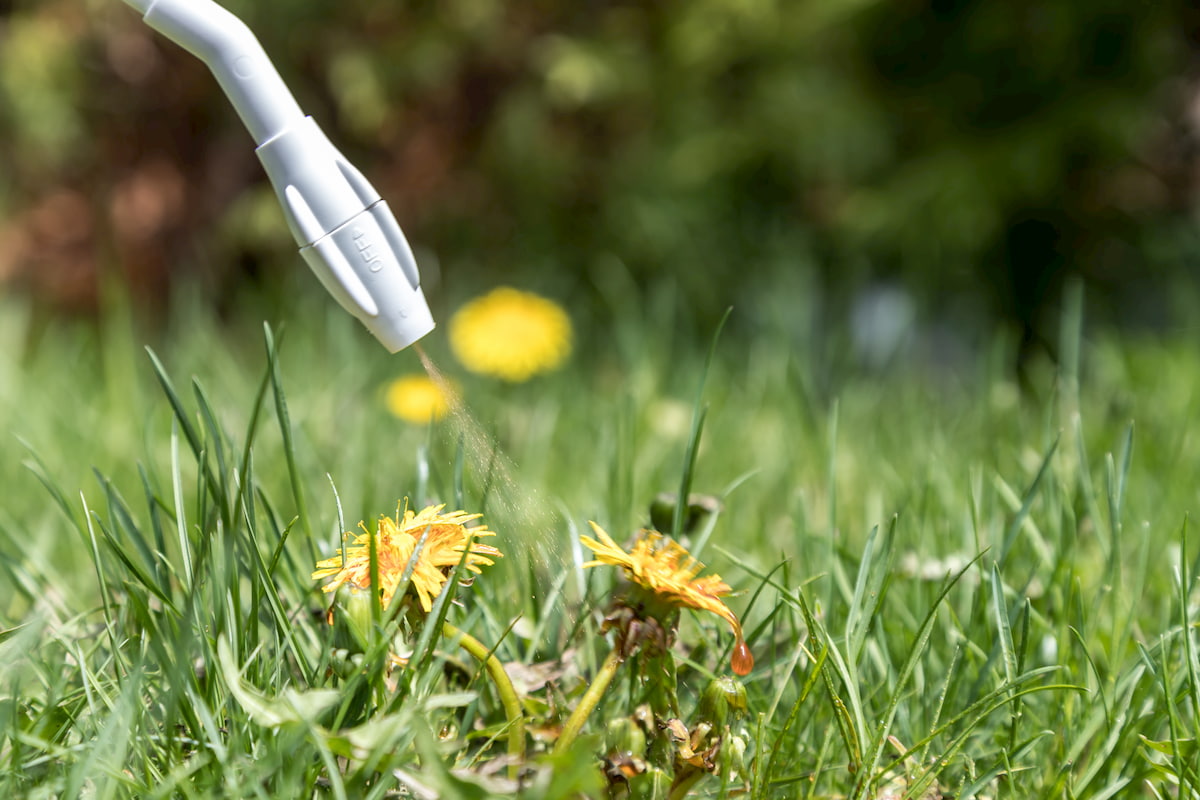
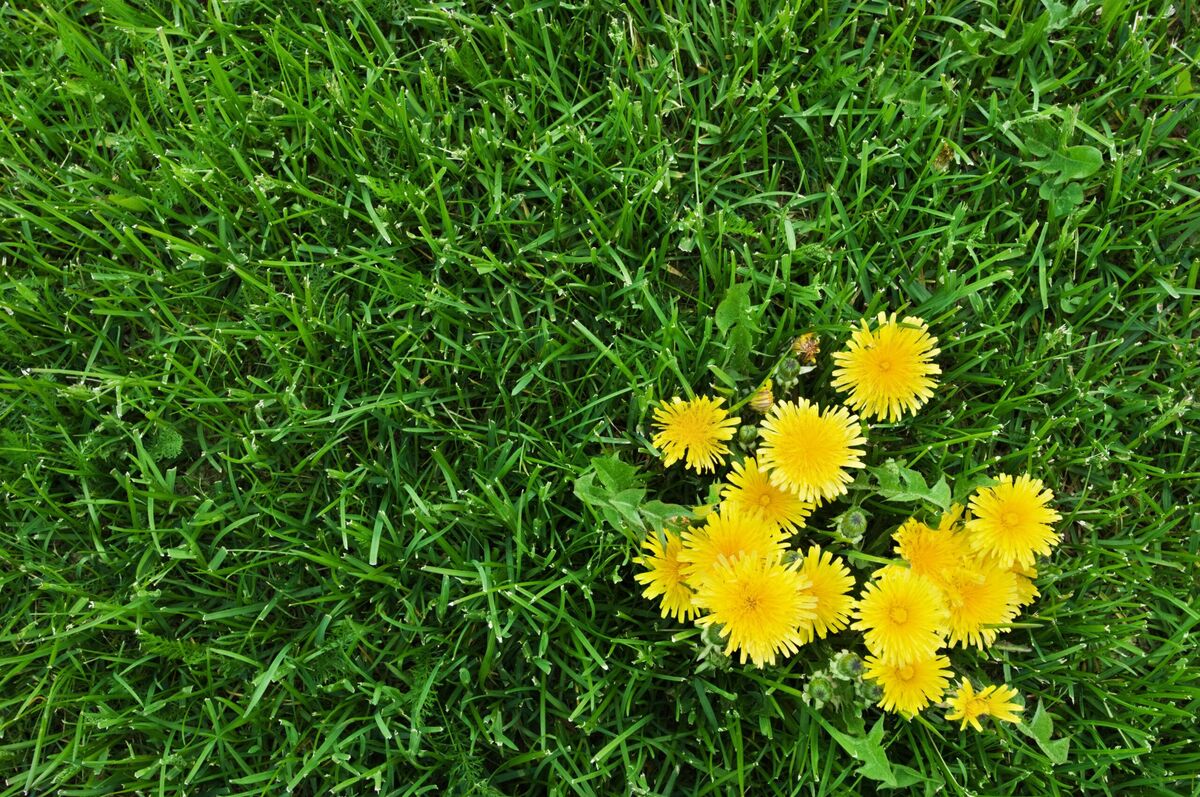

0 thoughts on “How To Turn A Weed Yard Into Grass”